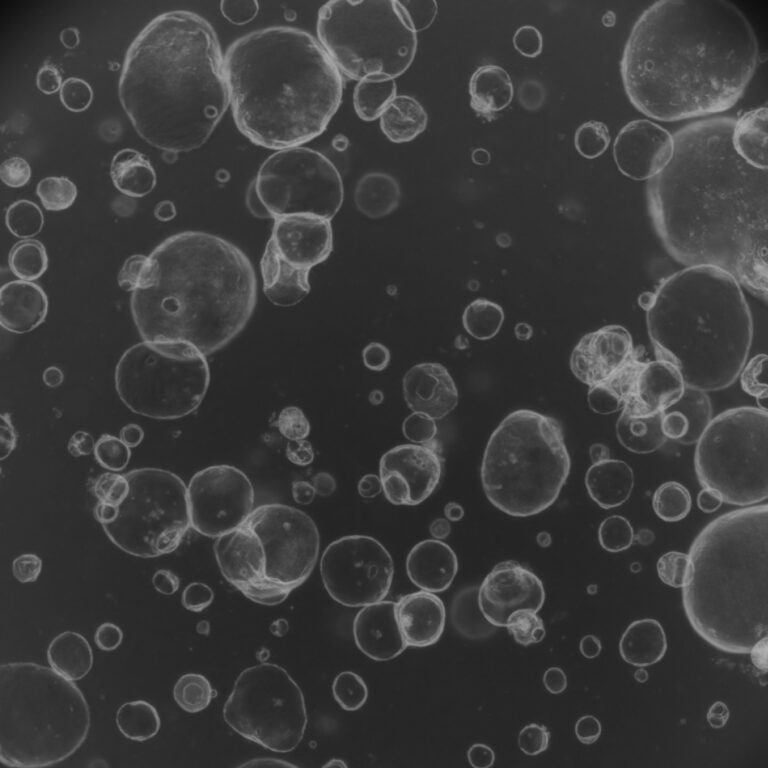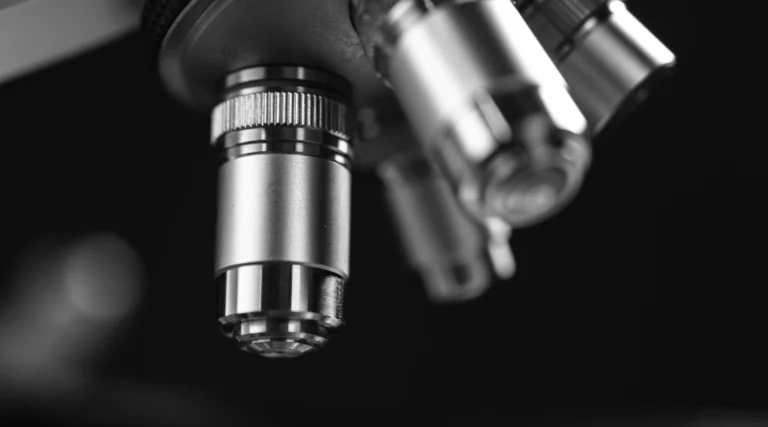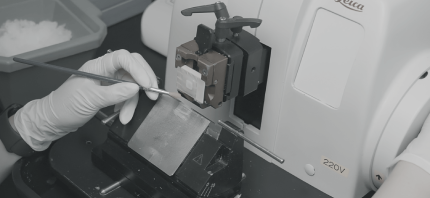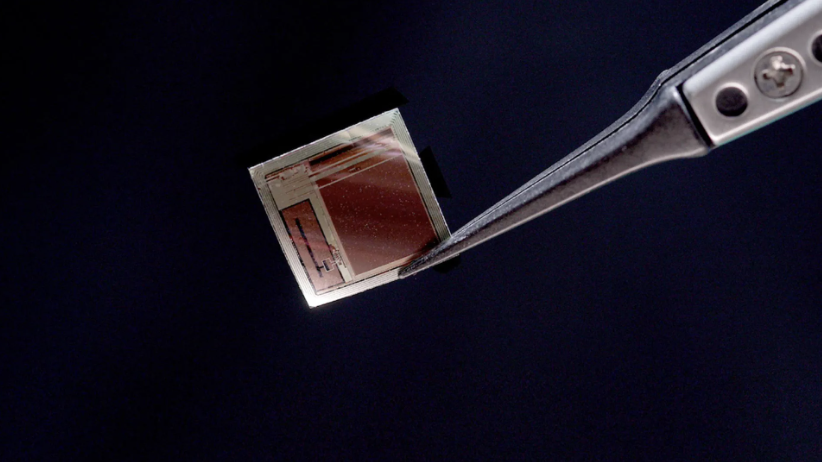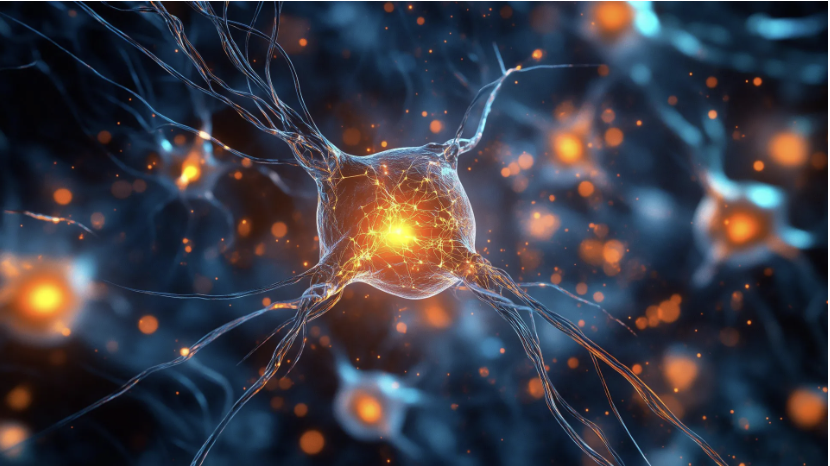Tumor modeling with organoids is revolutionizing cancer research by shedding light on the molecular mechanisms of different cancer types, aiding in biobanking, and enhancing drug screening. Intestinal organoids, created from adult stem cells with high Lgr5 expression, offer a promising approach. In this study, researchers established intestinal cancer organoid models using organoids derived from BALB/c mice and mouse embryonic stem cells (mESCs). They induced carcinogenesis in these models with azoxymethane (AOM), confirmed through various analyses like H&E staining and mRNA expression.
The results showed that AOM-treated organoids had more crypts and increased intensity compared to untreated ones. Additionally, there was a notable rise in Wnt signaling genes and pluripotency factors in the AOM-induced organoids. This study successfully developed carcinogenesis-like models using mESC-based and Lgr5+ stem cell-based intestinal organoids, which could be pivotal for personalized cancer therapy in the future.
Keywords: Mouse organoids, intestinal
